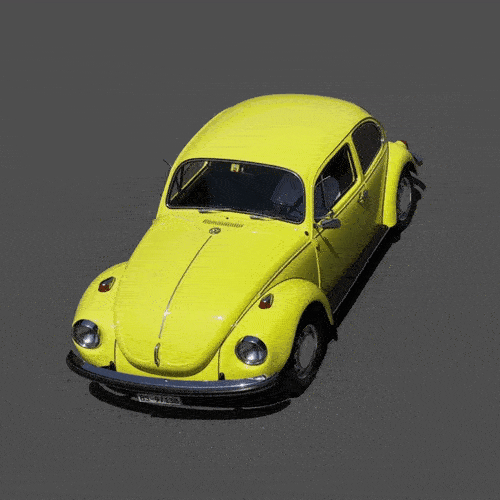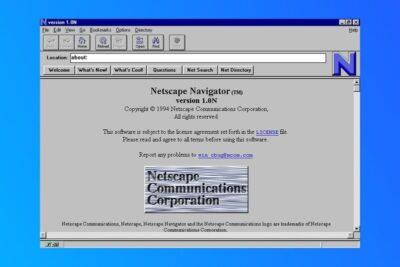




Un jour en vrac,
proverbe (Chinois) du jour : «Il faut se garder de tuer la poule pour avoir l'oeuf.»
One person like that
1 Shares





Un jour en vrac,
proverbe (Chinois) du jour : «Il faut se garder de tuer la poule pour avoir l'oeuf.»
Half toe-clips werden die Teile im englischen Sprachraum genannt, gelten heutzutage als "retro" und werden in der Ausführung für richtig viel Geld vertickt.

Unsere 1978 erworbenen Reiseräder kamen mit den damals bei Rennrädern üblichen Riemen- oder Hakenpedalen. Meines kam mit Riemen, das als Mixte ausgeführte Peugeot meiner Frau war damals mit genau den hier gezeigten Clips aus Stahlblech ausgestattet, denen i.W. der Riemen fehlte und die deswegen etwas kürzer gebaut waren, mit Lederumhüllungen vorne, um die Schuhe zu schützen.
Bei meinen Pedalen am Reiserad mit Rennlenker hatte ich recht schnell die Lederriemen entfernt - im Stadtverkehr zur Stoßzeit, mit vielen Ampeln sind fest mit den Pedalen verbundene Füße eher unvorteilhaft und bei der Verwendung als langsam gefahrendes Reiserad, wie anfangs, auch eher unnötig. Aufgrund der Form halten die dann aber nicht lange, weil man zu oft von oben auf den Haken tritt, nach einiger Zeit bricht dann das Stahlblech. Also sattelte auch ich auf die kurzen Ladyhaken um, die in der Form damals in vielen Fahrradläden erhältlich waren. Auch die erwiesen sich bei meiner Fahrweise im Stadtverkehr aber nicht als wirklich dauerhaft, so daß ich sie mindestens einmal austauschen musste und dann durch welche aus Plastik ersetzte, die länger hielten. Bei irgend einer späteren Austauschaktion blieben u.A. ein kompletter Satz Pedale mitsamt intakten Ladyhaken der hier gezeigten Sorte übrig und landete in einer der Kisten, in der ich solche alten Schätzchen aufbewahre.
Als meine Frau die Tage beklagte, dass an ihrem Alltagsrad der Ladyhaken auf der linken Seite zerbrochen sei, habe ich also meine Vorräte durchgeschaut, eines der beiden noch intakten Exemplare samt Pedal gefunden, vom Pedal abgeschraubt und den scharfen Blechrest an ihrem Rad durch den intakten Clip ersetzt, eine Sache von wenigen Minuten. Ich hoffe, daß der an ihrem Rad nun ähnlich lange hält wie der Vorgänger.
Fazit: sieht zwar "retro" und wie gewollt aus, ist es aber nicht, sondern schlicht und einfach das Ergebnis einer Reparatur, um einen gewohnten und geschätzten Zustand beizubehalten.

https://www.youtube.com/watch?v=xRTThZvt95I
This is part 2 of my in-depth #A500 restoration project, where I explore many #modern #upgrades and #expansions of this #classic #machine, including #HDMI #conversion, #floppy #emulation/recovery, Amiga #acceleration/emulation, Sous Vide #retrobriting and even an old-school jam with my original Amiga #MIDI #setup with my #Yamaha #B200 #synth and #Alesis #HR16 #drum machine. Part One is here: • Amiga 500 Restoration Project! (part 1)
#commodore #commodoreamiga #retro #music





Un jour en vrac,
proverbe (CeItique) du jour : «Trois bougies repoussent les ténèbres; la vérité, la connaissance et les lois de la nature.»

A short commercial break...
#Photo
#Photography
#Photographer
#MyWork
#Retro
#vintage
#Italian
#Adverts





Encore un jour en vrac,
proverbe (Québécois) du jour : «Le meilleur homme trouve toujours son maître.»
https://worldkey.io/@LibrarianRA/112085682190569557 LibrarianRA@worldkey.io - 1967 Marina City Towers - Chicago, Illinois - Postcard.
.
#Chicago #Illinois #MarinaCityTowers #architecture #nighttime #postcard #retro #vintage #latenightvibes

Lucas started repairing typewriters about ten years ago, at the age of 14. That’s when he found a 1930s Royal No. 10 and taught himself how to fix it. Eventually, he realized there was a need for his services outside of family and friends’ machines.
Dul is more than a fixer. He’s a romantic. A purist. A crusader of sorts — an island in a digital ocean.
“It’s also about ultimate control,” says Dul, who cherishes his time alone in his workshop. “You are not being told what to do by any operating system. You don’t have to worry about spellcheck or making errors. It’s a process that’s completely in your hands and organic.”
Maybe he’s summed up what is wrong with today’s world! Too much connectivity 24/7 (we require laws now in France and Australia to prohibit bosses sending e-mails after hours to workers) and too many notifications. Typewriters had stopped being used for general use a good 20 years before Lucas was even born.
It’s no wonder that Lucas has writers sending typewriters to him for repairs. What better way to concentrate, get on with the job, and not worry about recharging batteries, than to use a typewriter.
Artists, writers, collectors — all still want typewriters, he says.
Possibly, like vinyl records and CDs, we’re going to see more uptake of older technology.
See https://hackaday.com/2024/02/19/keebin-with-kristina-the-one-with-the-200-typewriter/
#Blog, #retro, #technology, #typewriters
Das TWA-Terminal am New Yorker Flughafen gilt als Ikone der modernen Architektur. Heute ist es ein Hotel voller Retrocharme und liebevoller Details.#wochentaz #NewYork #Hotel #Flughafen #Retro #Design #ReiselandUSA #Reise #Gesellschaft #Reiseland
Eine Nacht im New Yorker TWA Hotel: Zu Gast im Kopf einer Libelle
Different evening, different set, same channel. (Missed this one so far.)
https://invidious.nerdvpn.de/embed/7Iy6CLNV0Cw
https://invidious.nerdvpn.de/watch?v=7Iy6CLNV0Cw
#music_for_nights #zanias #neuromancer #hör_berlin #synthwave #techno #retro

Netscape Navigator was the world’s first web browser developed for commercial purposes, and it dominated the market until Internet Explorer came out (with Explorer being bundled with Windows).
Netscape Navigator 1.0 launched on December 15th, 1994, and it quickly became the most popular browser in the world.
Up to that point, we’d all been using text based bulletin boards or Prestel type teletype services to “browse” the web. There was no Google search yet, but we had Gopher search and after Netscape Navigator’s release we got Yahoo search which was really a directory that was manually organised (early days!). AltaVista did some of the first actual web page indexing.
I remember my excitement at getting my first copy of Netscape Navigator. By then I’d moved off AmigaOS to Windows, and this was around Windows 3.1 days. But of course, websites were all text based to start with, so they had to also be adapted for HTML before they displayed more like we are used to seeing today.
See https://www.xda-developers.com/on-this-day-1994-netscape-navigator/
#Blog, #Netscape, #retro, #technology